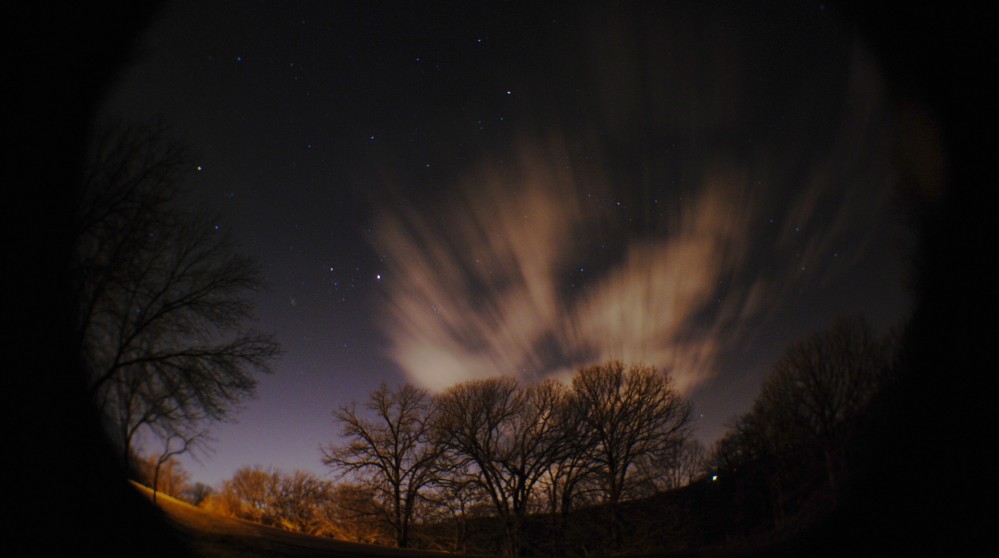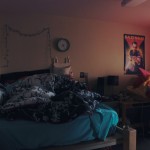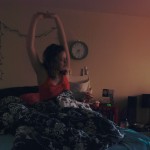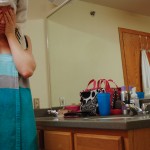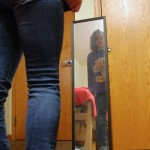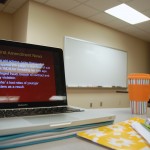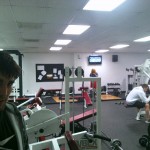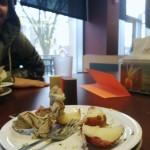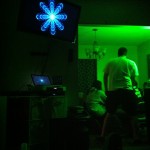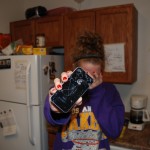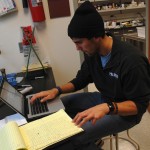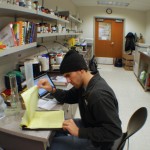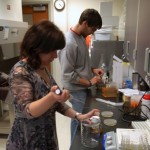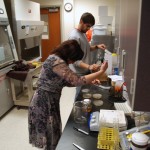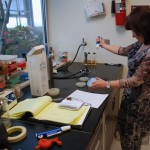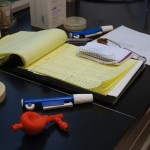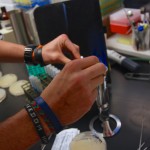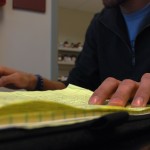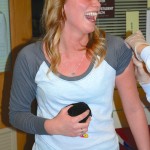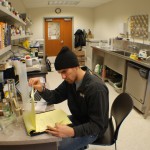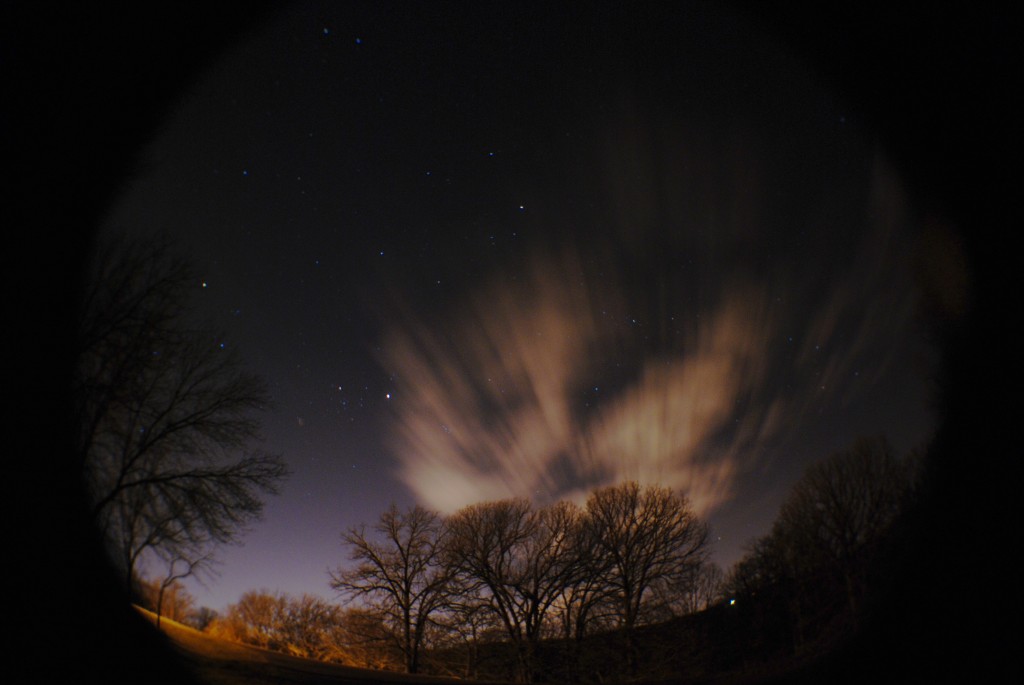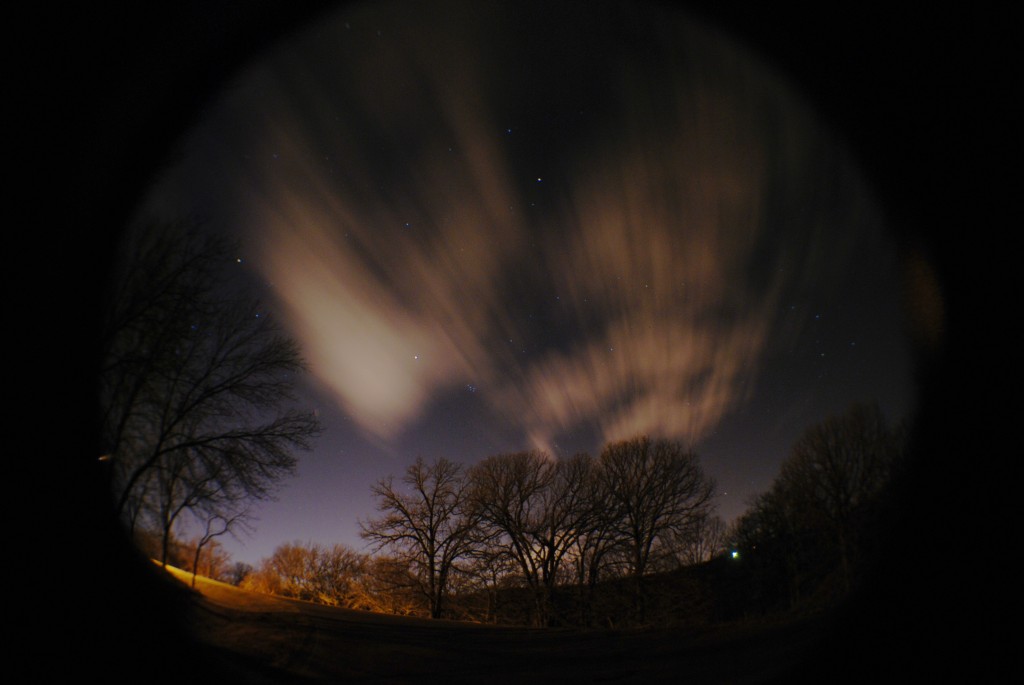Multimedia_Comm.444
Visual Journal_Comm. 444
- I have been in school for the past 17 years of my life, and I cannot recall a single Monday morning where I have woken up and had thought, “Wow, Monday?! I love Mondays, and I can’t wait for class!” This is me, having a typical bad case of the Mondays.
- I had originally set my alarm for 6:30am, but of course I didn’t roll out of bed until about 7:30am. The SNOOZE button is just too tempting.
- I am NOT a morning person.
- After some self coaxing and effort, I managed to get myself ready.
- I live with 7 other girls, and we all love to thrift. One of our favorite things to collect are crew necks. We even have a crew neck closet. A perfectly acceptable and comfortable choice of apparel for having a case of the Mondays.
- Although I often receive this text after I have been up for a few hours, this has always been a significant part of starting my day. Even if it is a Monday, these morning texts make a great start.
- Now on Mondays I only have one class, however, I fill all of my “extra” time with plenty of other things.
- Right after I get out of my class, I head over to the Student Financial Planning Office in Lewis Hall on Morningside campus. It is here that I spend approximately 8 hours a week working in between classes. This is my view.
- At about 11:30am everyday I get this mass text from my roommates trying to figure out when we should get lunch together. No one likes eating alone… Plus, we have gossip to discuss!
- Sometimes I just like to be alone over the lunch hour, however, today I was feeling social. Here is what I ate for lunch with a few of my roommates. We talked gossip, gave people insight into what the rest of our weeks were looking like, etc. It was a nice break from what I had waiting for me after the fact…
- I usually go into work at the Financial Aid Office again from 1-3:30pm on Mondays, however, this day I had a lot of homework I need to be getting done instead. Finals are coming up, and to just about EVERY professor that means, pile on the workload!
- This is precisely how I feel about that. Drained.
- Then there’s Honors. At 3:30-4:45pm every Monday, I meet with a group of students in which we discuss controversial topics. This is sometimes a nice little break from studying as well, other times I find it inconveniently aligning itself with my nap time. In between dozes, I try to share my opinions on the topics at hand.
- Then there’s this. If I’m ever having a stressful day, which recently has been just about every day, working out has been my release. I leave the Hper feeling more optimistic.
- One of the favorite parts of my Monday. I retired earlier this year from the Morningside Soccer team, but recently I’ve been warming up before my workouts with a soccer ball. It’s been a nice release.
- After working out and gaining a bit of an appetite, I head to the caf for dinner with Nate. We talk about anything and everything, and then plan out the rest of our evening. Which 9 times out of 10, always involves studying.
- Posted up in the Library for the night. We’re here just about every night from 6pm to Midnight.
- Did I mention I like to take study breaks? Not a bad Monday overall, but then…
- I took my case off for five minutes, and this happened. I swear it’s only because it’s Monday. I’ve got a bad case of them. Will Monday and I ever get along?
I’m in my third year as an Undergrad student at Morningside College, and I still can’t seem to get a handle on the relationship I share with Mondays. In these photos, I set out a typical “Case of the Mondays” that I experience. I tried to include myself in these pictures as much as I possibly could, however, going through my daily routine (mind you it’s a busy time of year at Morningside for a student) and trying to successfully establish a shot for everything I do during the day, posed more difficulties for me, than I had originally anticipated. I think my favorite photos included are my morning ones. I feel that I appropriately conveyed my not being a morning person and established my “case of the Mondays.” Then, my final photograph of my shattered phone. It was the irony that really all day long, nothing too terrible happened, until right before bed. I appropriately told the story of a time in my life, being the present, and what a typical Monday “feels” like to me, and the different views I get on a Monday. Whether the view is in the classroom, at work, the caf, Hper, etc. However, I wish I would have gotten more shots of the people I came across. I didn’t get any of the people I talked to in between class, work, dinner, and so on. I run into quite a few people throughout my day, and some of the conversations are rather interesting. I don’t remember being too over the top this particular Monday, in that I think I would be able to recall one now if there had been a good one. I have many many photos, but I think it’s difficult trying to participate in you life, and trying to convey it in photographs at the same time. I would have much rather had someone following me around taking photographs, maybe they would have seen my Monday in a different way. Not only would it be more convenient, but it would probably be more interesting in a non-bias way.
Comm. 444_Class 4/16
I’m not quite certain what exactly was suppose to be “ambiguous” about our examples for today… whether or not they were suppose to be abstract, or if they were just suppose to sway a different emotion inside us than we think they would in other people, but… CLICK HERE for my examples of “ambiguity” using Edward Weston’s photography.
HERE is a group of photos I found from yesterday’s Boston Marathon explosion, that I think could really pull on people’s emotions.
These were some of the ones I liked the best: 23, 27, 31, 32, 33, 35, 38, 35, 55
And to go along with the question presented in Chapter 8, “How often do newspapers [and websites] run a photograph showing only one side of a story because the photograph is particularly strong in aesthetic values?” I’m not 100% certain if I understood this idea, but the first thing I thought of were these PHOTOS that were featured in Rolling Stone a few years ago from “The Kill Team.”
Multimedia Examples_Comm.444
It’s ten minutes long, but I think it brings up a really good issue that is evolving within families today. CLICK HERE and then watch “Living With Herbie.” It’s 10mins long, but this is the kind of impact I think of when I think of evolving “photojournalism.” It’s informing, bringing up awareness and new thoughts for families to take into consideration. You can also watch the video “Sandwich Generation,” which is a multimedia project done a year prior on the same family, and how they were doing living with Herbie.
This one is shorter, and doesn’t have film footage. It is strictly just photos and voice overs. I think I would like to experiment first like this one. I would eventually like to get to the point in which I could do both video and photo. CLICK HERE to see these real live Ghostbusters in action!
Check out the amateur one on Pippa Letsky as well!
Photo Story_Comm.444
- For some students, like Nate Drees, time spent in the laboratories of Morningside College isn’t just for class.
- Drees spends between 15-20 hours a week in the lab outside of class time doing independent research.
- He’s not alone, however, Dr. Rachel Robson, a professor at Morningside College, heads the research.
- “I like the idea of discovering something unheard of before and new, and then sharing that newly gained knowledge,” says Drees, photographed above reviewing numbers related to his testing.
- Using viruses that specifically infect bacteria, referred to as bacteriophages, Dr. Robson, Drees and a few other students taking part in the study are testing the bacteriophages against strains of antibiotic resistant staphylococcus aureus, also generally known as Staph Infection.
- Above Robson and Drees inoculating plates with the bacteriophages.
- “We will be presenting our findings at Palmer (the annual symposium Morningside College puts on), the Great Plains Emerging Infectious Disease Conference in Iowa City, and the Iowa Academy of Sciences at Simpson College in Indianola this year,” explains Robson, above inoculating more plates with the bacteriophages.
- Approximately one-hundred different isolates have been tested during the study.
- Drees above making sure to keep his environment and test tubes sterile with the open flame of the Bunsen burner.
- The heat from the Bunsen burner keeps germs from contaminating the open plates and test tubes being used around it.
- Drees showing the colonies of Staph on Isolate 27L-09. The numbers “27” meaning the 27 person tested, “L” standing for the “left nostril” was tested, and “09” signifying the year the swab was taken. All of the staphylococcus aureus was collected from volunteers nostrils over a few years span.
- Drees will be graduating this May with a BS in Biology from Morningside College, and pursuing graduate school at Palmer School of Chiropractics in July.
Surveillance Theory/Visual Perception Theory
Surveillance Theory: CLICK HERE and HERE and HERE
I think what stuck out to me the most in the portion of this chapter discussing “Surveillance Theory” was the part where Newton wrote, “Photojournalism can invade the privacy of individuals and control social behavior… –and it can protect by exposing social problems and errant behavior.” This is how I understood Surveillance Theory.
Visual Perception Theory: CLICK HERE
“Seeing is believing,” was probably the best way I understood Visual Perception Theory.
—
My Photojournalism Assignments (1-12)
- (Environmental Portrait) Rachel Penning takes a break from leading the cheers at the Morningside vs. Northwestern basketball game to pose for the camera.
- (Emotion) Van Beaumont is relieved after and thankful when the shot is over.
- (College Life) Fernando Franco, a senior attending Morningside College, working his way through a stack of files at his work-study job on campus. Contact the Morningside Financial Aid Office today to learn if you qualify and possible openings on campus.
- (On the Job) “It’s not as hard as it looks,” says Gage Thackston directing the cameras for Morningside College’s MCTV at last night’s basketball game.
- (Interior) (Atrium, Science Center at Morningside College) Upon asking many students who attend classes in the Science Center where there favorite place to study was, many replied “the Atrium.” And with that tranquil waterfall and beautiful view, I think everyone can see why it is a majority favorite.
- (Sports) Coirie Walker takes a break at his team’s first round playoffs game for 5v5 intramural basketball at Morningside College this week.
- (Night)
- (Advertisement)
- (Food)
- (Laboratory)
- (Group Shot) Team Trailer Park Boys huddle up and devise a plan for a comeback against team Realll Quiiick in the second half of their 1st round playoffs for Intramural 5v5 Basketball game at Morningside College.
- (Weather)
